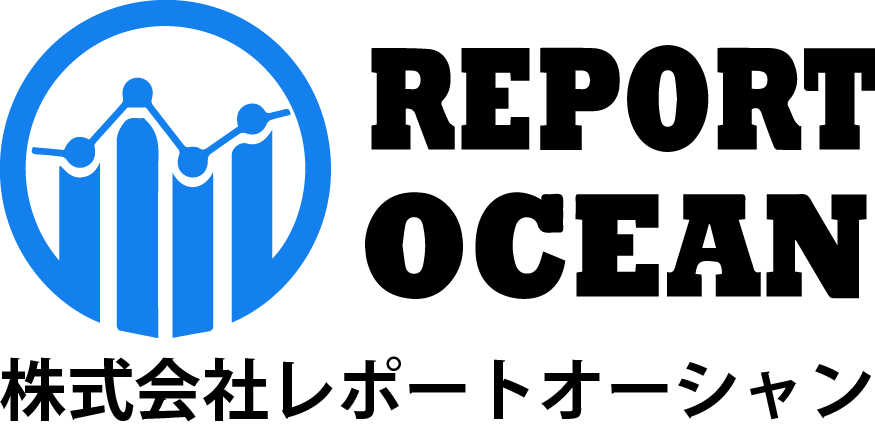日本ヘアケア市場模規模、シェア、競争環境、トレンド分析レポート:トリートメント別(抗フケ、抜け毛、頭皮の乾燥及びかゆみ、くすみ及びくせ毛、白髪、その他)、タイプ別(シャンプー及びコンディショニング、パーマ及びストレート、スタイリング剤、 ヘアカラー、その他)、性別(男性、女性、男女兼用)、エンドユーザー別(パーソナル、プロフェッショナル)、流通チャネル別(オンライン、スーパーマーケット及びハイパーマーケット、小売アウトレット、専門店、百貨店、ディーラー及び販売店、薬局及びドラッグストア、その他): 2025 年から 2033 年までの機会分析と業界予測
Table of Contents
1. Research Methodology
2. Project Scope & Definitions
3. Impact of COVID-19 on Japan Hair Care Market
4. Executive Summary
5. Voice of Customer
5.1. Demographics (Age/Cohort Analysis – Baby Boomers and Gen X, Millennials, Gen Z; Gender; Income – Low, Mid and High; Geography; Nationality; etc.)
5.2. Market Awareness and Product Information
5.3. Brand Awareness and Loyalty
5.4. Factors Considered in Purchase Decision
5.4.1.Brand Name
5.4.2.Pack Size
5.4.3.Price
5.4.4.Customisation Options
5.4.5.Packaging Type
5.4.6.Inclination Towards Organic Products
5.4.7.Promotional Offers & Discounts
5.5. Purpose of Purchase (Personal Use, Gifting)
5.6. Frequency of Purchase
5.7. Medium of Purchase
5.8. Role of Brand Ambassador or Influencer Marketing on Product/Brand Absorption
6. Japan Hair Care Market Outlook, FY2025-FY2033
6.1. Market Size & Forecast
6.1.1. By Value
6.1.2. By Volume
5.2. By Treatment
5.2.1.Anti-Dandruff
5.2.2.Hair Loss
5.2.3.Dry & Itchy Scalp
5.2.4.Dull & Frizzy Hair
5.2.5.White-Grey Hair
5.2.6.Others
5.3. By Type
4.3.1.Shampoo & Conditioning
4.3.2.Perming & Straightening
4.3.3.Styling Products
4.3.3.1. Gels/Wax
4.3.3.2. Mousse
4.3.3.3. Hair Spray
4.3.3.4. Others
4.3.4.Hair Colouring
4.3.4.1. Permanent
4.3.4.2. Semi-permanent
4.3.4.3. Demi-permanent
4.3.4.4. Temporary
4.3.4.5. Others
4.3.5.Others
4.4. By Gender
4.4.1.Male
4.4.2.Female
4.4.3.Unisex
4.5. By End-user
4.5.1.Personal
4.5.2.Professional
4.6. By Distribution Channel
4.6.1.Online
4.6.2.Supermarkets & Hypermarkets
4.6.3.Retail Outlets
4.6.4.Specialty Stores
4.6.5.Departmental Stores
4.6.6.Dealers & Distributors
4.6.7.Pharmacy & Drug Stores
4.6.8.Others
6.7. By Region
6.7.1.North
6.7.2.Central
6.7.3.South
6.8. By Company Market Share (%), FY2024
7. Market Mapping, FY2024
7.1. By Treatment
7.2. By Type
7.3. By Gender
7.4. By End-user
7.5. By Distribution Channel
7.6. By Region
8. Macro Environment and Industry Structure
8.1. Supply Demand Analysis
8.2. Import Export Analysis
8.3. Value Chain Analysis
8.4. PESTEL Analysis
8.4.1.Political Factors
8.4.2.Economic System
8.4.3.Social Implications
8.4.4.Technological Advancements
8.4.5.Environmental Impacts
8.4.6.Legal Compliances and Regulatory Policies (Statutory Bodies Included)
8.5. Porter’s Five Forces Analysis
8.5.1.Supplier Power
8.5.2.Buyer Power
8.5.3.Substitution Threat
8.5.4.Threat from New Entrant
8.5.5.Competitive Rivalry
9. Market Dynamics
9.1. Growth Drivers
9.2. Growth Inhibitors (Challenges and Restraints)
10. Key Players Landscape
10.1. Competition Matrix of Top Five Market Leaders
10.2. Market Revenue Analysis of Top Five Market Leaders (in %, FY2024)
10.3. Mergers and Acquisitions/Joint Ventures (If Applicable)
10.4. SWOT Analysis (For Five Market Players)
10.5. Patent Analysis (If Applicable)
11. Pricing Analysis
12. Case Studies
13. Key Players Outlook
13.1. Shiseido Co., Ltd.
13.1.1. Company Details
13.1.2. Key Management Personnel
13.1.3. Products & Services
13.1.4. Financials (As reported)
13.1.5. Key Market Focus & Geographical Presence
13.1.6. Recent Developments
13.2. Kao Corporation
13.3. Unilever (Holdings) Japan K.K.
13.4. Kracie Holdings,Ltd.
13.5. NatureLab. Co., Ltd.
13.6. Mandom Corporation (Gatsby)
13.7. Nihonsakari Co., Ltd. (Komenuka Bijin)
13.8. OSHIMATSUBAKI Co., Ltd
13.9. Arimino Co., Ltd.
13.10. Milbon Co., Ltd.
13.11. DARIYA CO., LTD.
14. Strategic Recommendations
15. About Us & Disclaimer
無料サンプルを入手する ![]()
この無料サンプルには、トレンド分析から推定・予測まで、さまざまなデータが含まれています。
最新レポート
お問い合わせ
-
- JAPAN : 03-6899-2648
-
- EMAIL : sales@reportocean.co.jp








